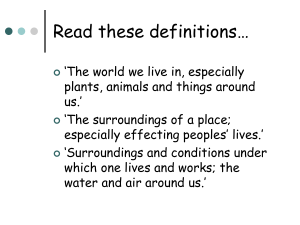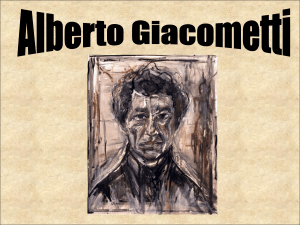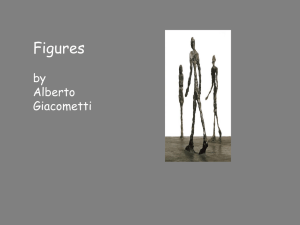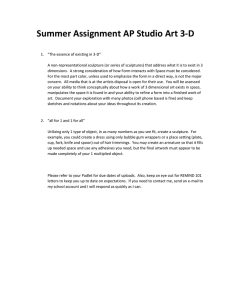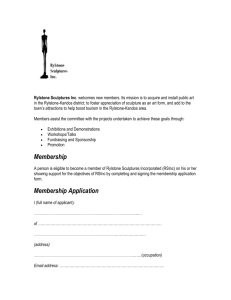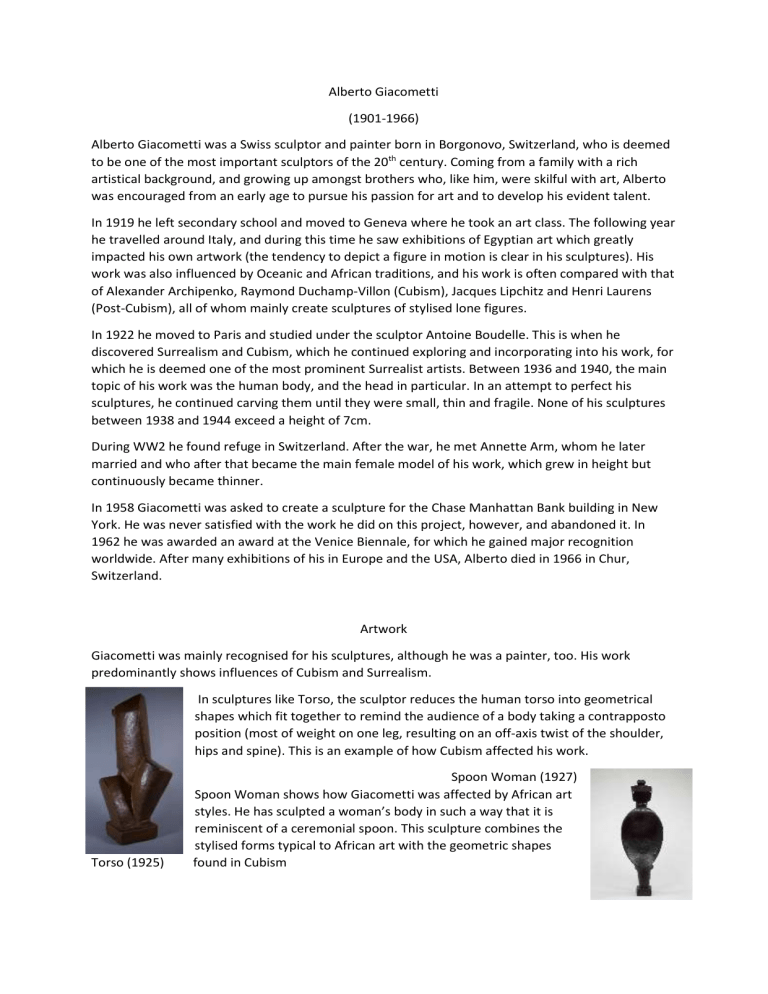
Alberto Giacometti (1901-1966) Alberto Giacometti was a Swiss sculptor and painter born in Borgonovo, Switzerland, who is deemed to be one of the most important sculptors of the 20th century. Coming from a family with a rich artistical background, and growing up amongst brothers who, like him, were skilful with art, Alberto was encouraged from an early age to pursue his passion for art and to develop his evident talent. In 1919 he left secondary school and moved to Geneva where he took an art class. The following year he travelled around Italy, and during this time he saw exhibitions of Egyptian art which greatly impacted his own artwork (the tendency to depict a figure in motion is clear in his sculptures). His work was also influenced by Oceanic and African traditions, and his work is often compared with that of Alexander Archipenko, Raymond Duchamp-Villon (Cubism), Jacques Lipchitz and Henri Laurens (Post-Cubism), all of whom mainly create sculptures of stylised lone figures. In 1922 he moved to Paris and studied under the sculptor Antoine Boudelle. This is when he discovered Surrealism and Cubism, which he continued exploring and incorporating into his work, for which he is deemed one of the most prominent Surrealist artists. Between 1936 and 1940, the main topic of his work was the human body, and the head in particular. In an attempt to perfect his sculptures, he continued carving them until they were small, thin and fragile. None of his sculptures between 1938 and 1944 exceed a height of 7cm. During WW2 he found refuge in Switzerland. After the war, he met Annette Arm, whom he later married and who after that became the main female model of his work, which grew in height but continuously became thinner. In 1958 Giacometti was asked to create a sculpture for the Chase Manhattan Bank building in New York. He was never satisfied with the work he did on this project, however, and abandoned it. In 1962 he was awarded an award at the Venice Biennale, for which he gained major recognition worldwide. After many exhibitions of his in Europe and the USA, Alberto died in 1966 in Chur, Switzerland. Artwork Giacometti was mainly recognised for his sculptures, although he was a painter, too. His work predominantly shows influences of Cubism and Surrealism. In sculptures like Torso, the sculptor reduces the human torso into geometrical shapes which fit together to remind the audience of a body taking a contrapposto position (most of weight on one leg, resulting on an off-axis twist of the shoulder, hips and spine). This is an example of how Cubism affected his work. Torso (1925) Spoon Woman (1927) Spoon Woman shows how Giacometti was affected by African art styles. He has sculpted a woman’s body in such a way that it is reminiscent of a ceremonial spoon. This sculpture combines the stylised forms typical to African art with the geometric shapes found in Cubism One of Alberto’s most famous sculptures, and the first one which gained him major recognition, was the Gazing Head. The thin flat slab of plaster is carved in such a way that it alludes to having a face on it, with two elongated indentations suggesting the idea of a ‘gaze’. This piece of abstract sculpture is sometimes referred to as Giacometti’s first completely original creation. Gazing Face (1929) Sculptures like Walking Man I are the ones which best encompass Giacometti’s artistic style. Despite previous such statues being small in size, Giacometti’s post-war sculptures stretched upwards and had an even lankier appearance as a result of the sculptor’s never-ending efforts to perfect his creations, resulting in him continuously chipping away at them. Walking Man I also captures one of the main subjects of Alberto’s work, the idea of movement, implied by the forwards lean of the man as well as the lift of his back heel. The subject of movement is also very prominent in Egyptian art, which is said to have influenced Alberto. The figure depicted by him aims to show the universality of the human species and has a very obscured face, which allows any viewer to recognise themselves in the sculpture. The rough, unpolished look of the sculpture brings about a sense of anguish, which complements the lonesomeness of the skeletal man, a lonesomeness typical to the existentialism which greatly impacted Giacometti’s work. Walking Man I (1960)
